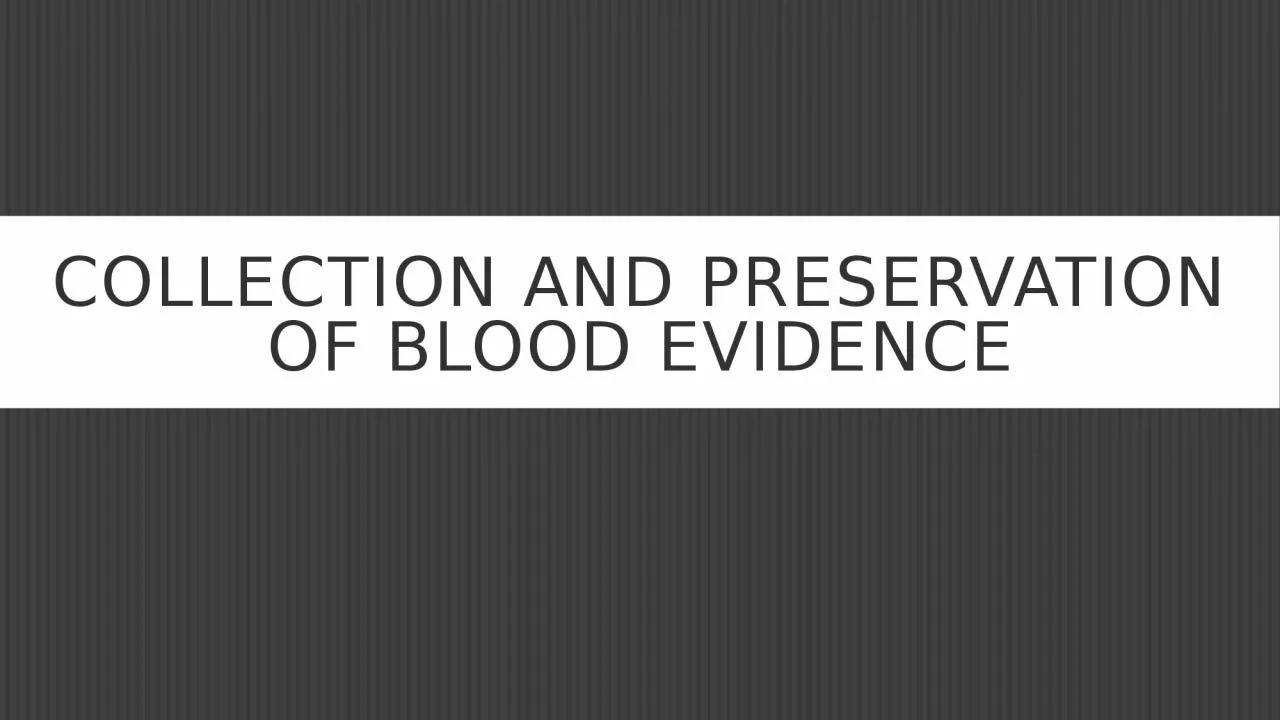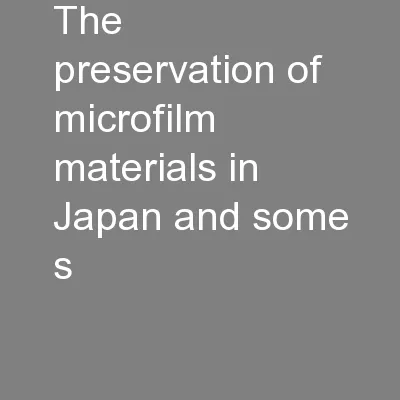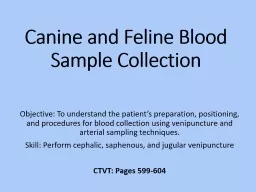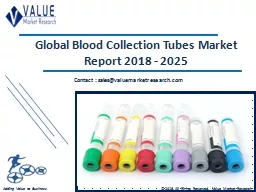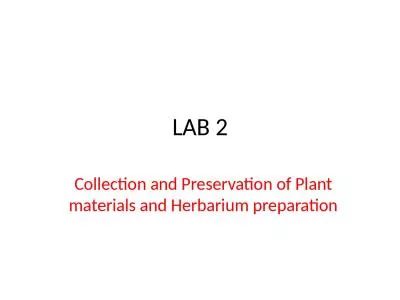PPT-Collection and preservation of blood evidence
Author : roxanne | Published Date : 2023-09-20
Things to be taken care of DRY STAINS Identification On outside of box paper packet or envelope Type of specimens date secured CSI or investigators initials
Presentation Embed Code
Download Presentation
Download Presentation The PPT/PDF document "Collection and preservation of blood evi..." is the property of its rightful owner. Permission is granted to download and print the materials on this website for personal, non-commercial use only, and to display it on your personal computer provided you do not modify the materials and that you retain all copyright notices contained in the materials. By downloading content from our website, you accept the terms of this agreement.
Collection and preservation of blood evidence: Transcript
Download Rules Of Document
"Collection and preservation of blood evidence"The content belongs to its owner. You may download and print it for personal use, without modification, and keep all copyright notices. By downloading, you agree to these terms.
Related Documents

